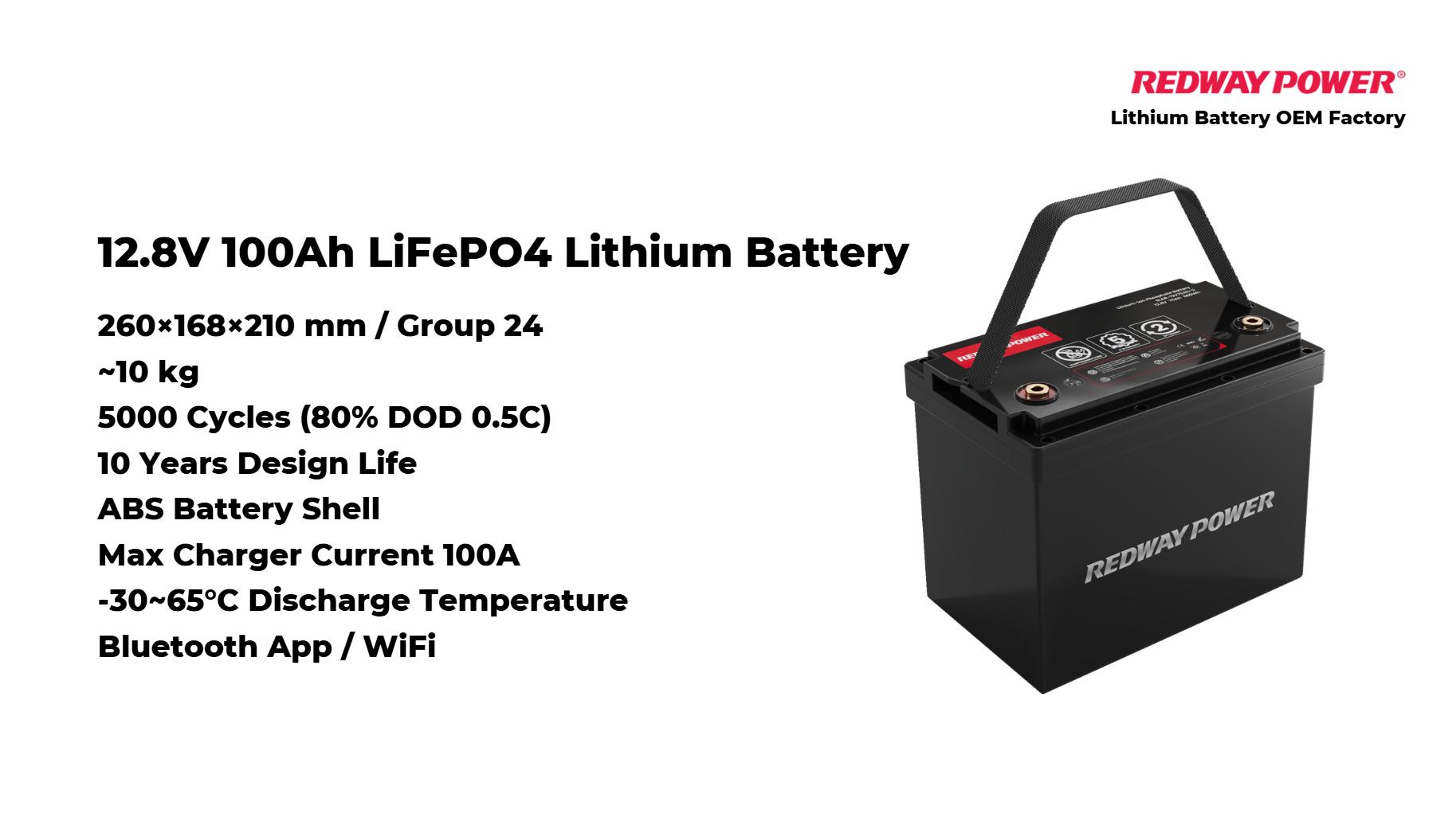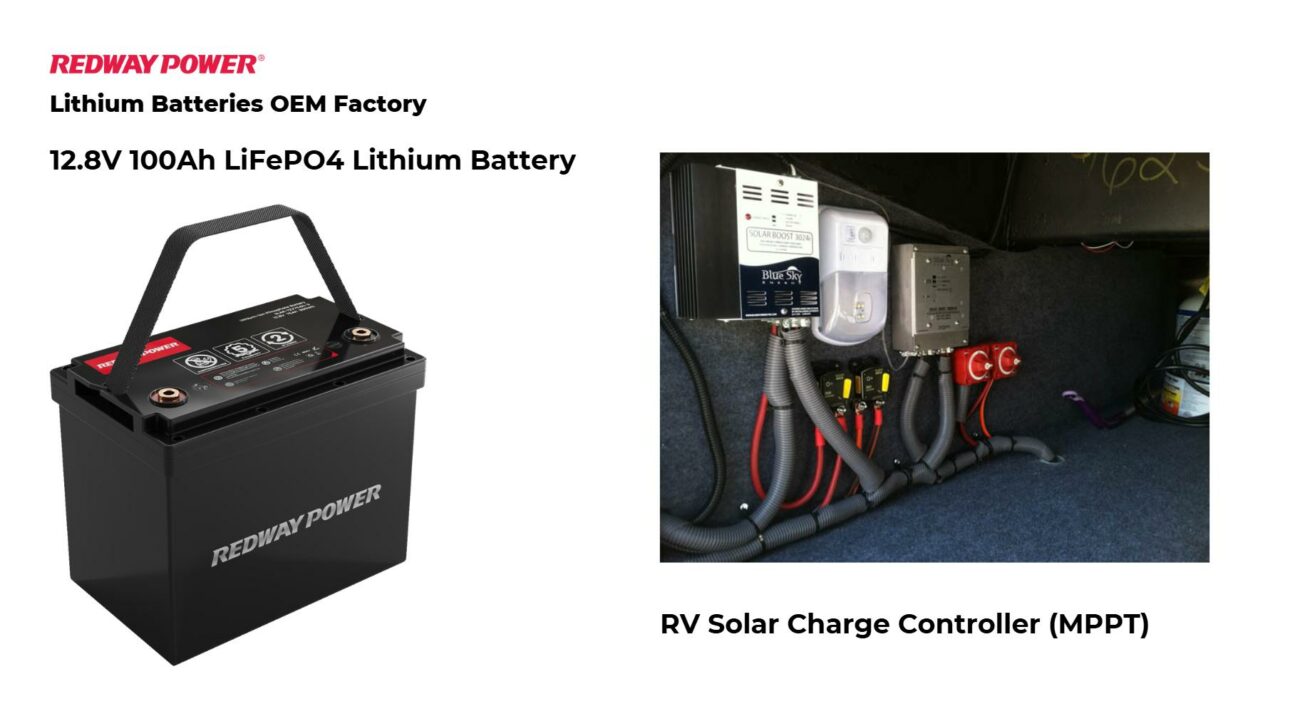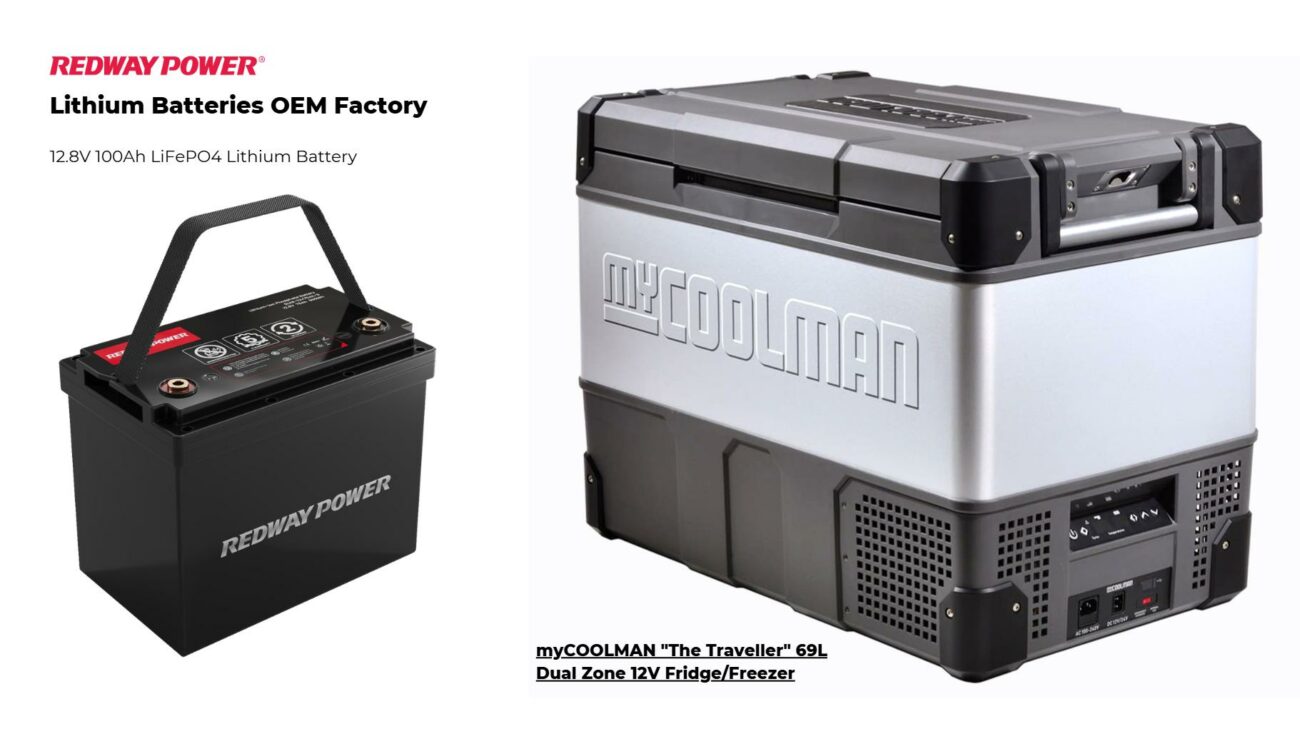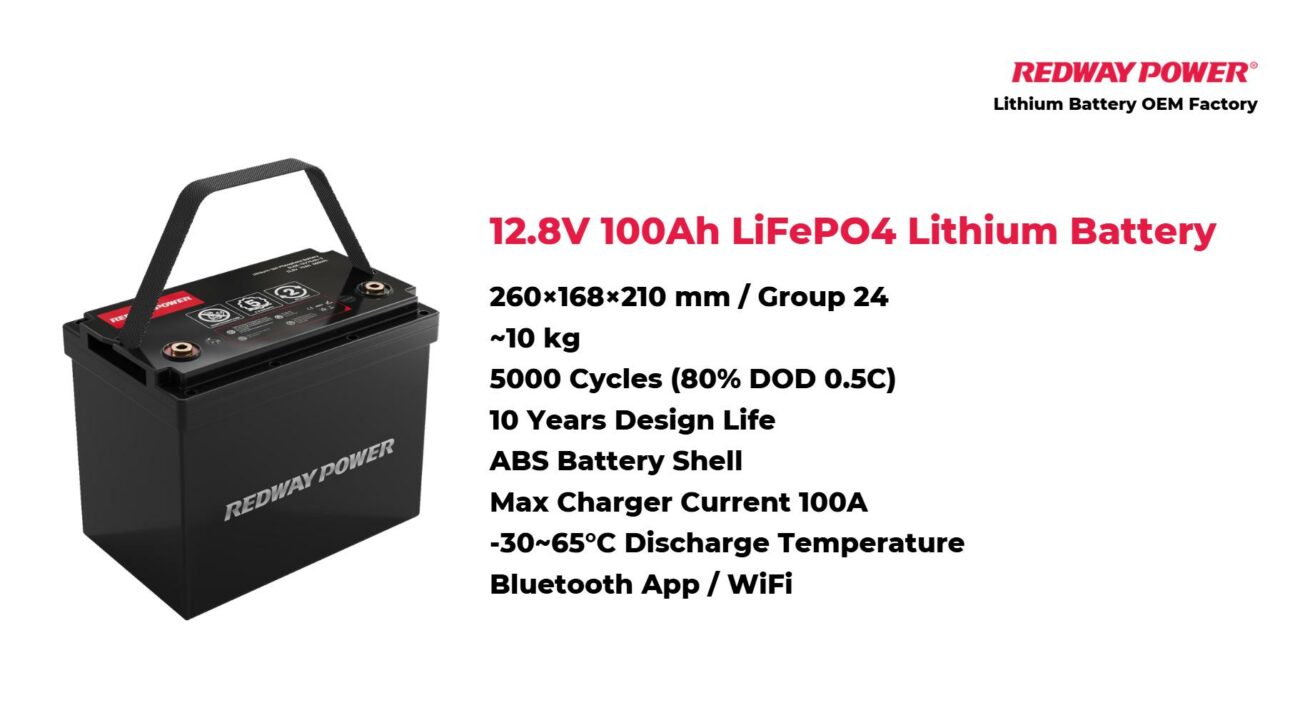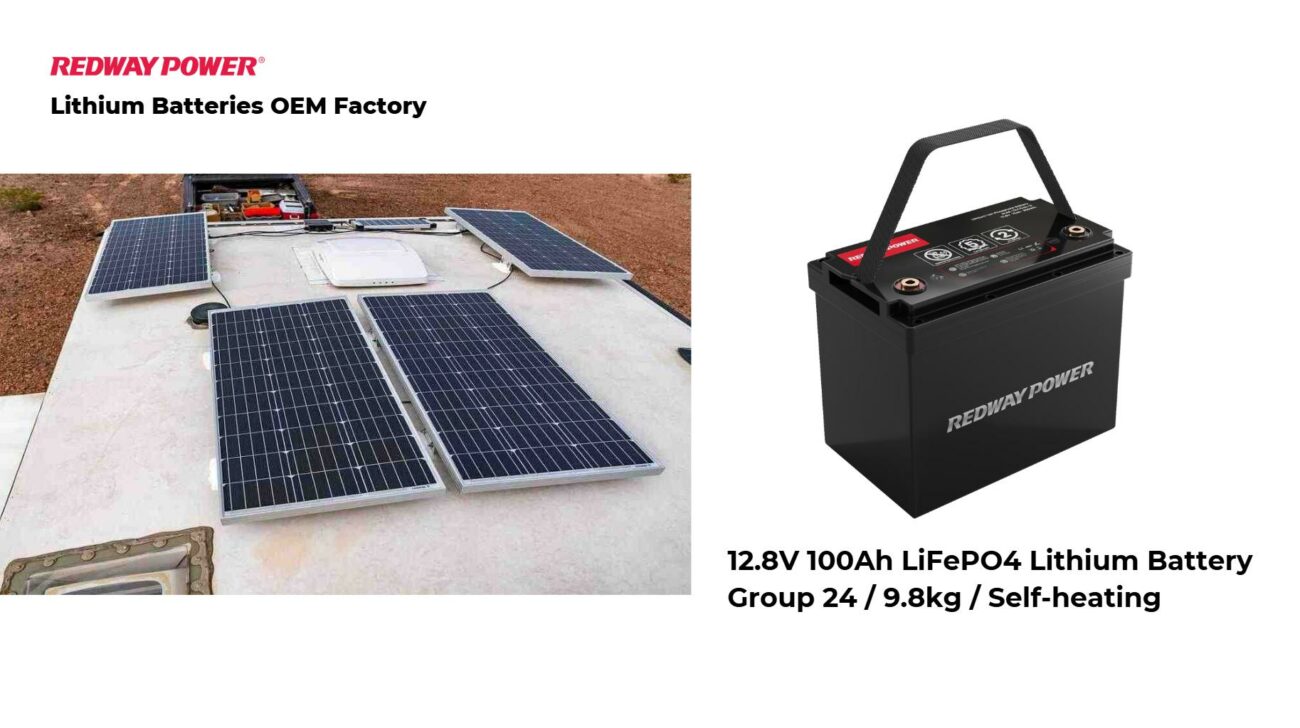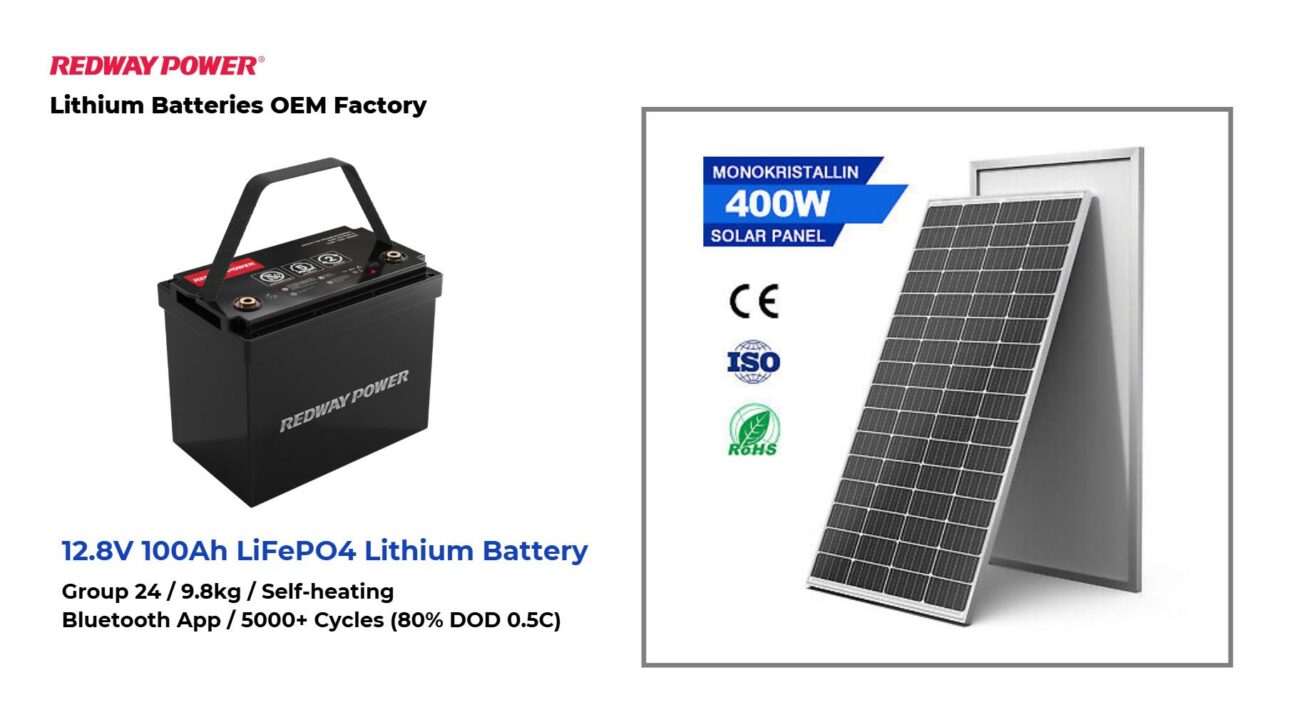When exploring the runtime of a 100Ah battery powering a 600W load, it’s crucial to dive into the specifics of battery performance and power consumption. This article provides a comprehensive analysis to ensure you fully understand how long your 100Ah battery can sustain a 600W load, considering various influencing factors.
A fully charged 100Ah battery can run a load of 600W (drawing about 50 amps) for approximately two hours. However, consider efficiency losses and avoid discharging lead-acid batteries below their recommended levels to maximize lifespan.
1. Theoretical Runtime Calculation
To determine how long a 100Ah battery can run a 600W load, we first need to understand the theoretical calculation. This is achieved by dividing the battery’s capacity by the power consumption:
Runtime=Battery Capacity (Ah)/Power Consumption (W)
For a 100Ah battery and a 600W load, the calculation is:
Runtime=100 Ah/600 W≈1.6 hours
This result provides a basic estimation. However, real-world scenarios often differ due to several critical factors.
2. Depth of Discharge (DoD) Impact
Depth of Discharge (DoD) plays a significant role in the actual runtime of a battery. DoD refers to the percentage of the battery’s capacity that has been used. Batteries have different DoD limits, and exceeding these limits can reduce battery life and efficiency. For instance, lead-acid batteries typically have a recommended DoD of 50%, whereas lithium-ion batteries can handle deeper discharges more efficiently.
When operating a 100Ah battery, if you only use 50% of its capacity, the available usable capacity would be 50Ah. Consequently, the runtime would be recalculated as:
Adjusted Runtime=50 Ah/600 W≈0.83 hours
3. Inverter Efficiency
When using a 100Ah battery with a 600W load, an inverter is often required to convert DC power from the battery to AC power for the load. Inverter efficiency plays a crucial role in determining the actual runtime. Inverters typically have efficiencies ranging from 80% to 95%.
To account for inverter efficiency, we adjust the power consumption as follows:
Effective Power Consumption=Load Power/Inverter Efficiency
For example, with an inverter efficiency of 90%:
Effective Power Consumption=600 W/0.90≈667 W
Recalculating the runtime with the effective power consumption:
Adjusted Runtime=100 Ah/667 W≈0.15 hours
4. Battery Chemistry and Performance
Different battery chemistries offer varied performance characteristics:
- Lead-Acid Batteries: These are traditional and cost-effective but have lower energy density and shorter cycle life. They also suffer from a higher rate of self-discharge and inefficiencies at high discharge rates.
- Lithium-Ion Batteries: These batteries offer higher energy density, longer cycle life, and better efficiency. They are more capable of handling deeper discharges without significant degradation.
Considering these factors, a 100Ah lithium-ion battery will generally provide longer runtime and better performance compared to a 100Ah lead-acid battery under the same load conditions.
5. Temperature Effects on Battery Performance
Temperature affects battery performance significantly. Both high and low temperatures can impact the efficiency and runtime of a battery.
- High Temperatures: Elevated temperatures can increase the battery’s self-discharge rate and reduce its overall lifespan.
- Low Temperatures: Cold temperatures can decrease the battery’s capacity and efficiency, leading to shorter runtimes.
It’s crucial to maintain optimal temperature conditions for your battery to ensure consistent performance.
6. Practical Considerations and Recommendations
While theoretical calculations provide a baseline, practical conditions must be considered for accurate runtime estimation. Here are some additional recommendations:
- Regular Maintenance: Ensure that your battery is well-maintained and check for any issues that could affect performance, such as corrosion or loose connections.
- Battery Management Systems (BMS): Utilize a BMS to monitor battery health and optimize its performance. A BMS can help manage DoD and ensure that the battery operates within safe limits.
- Load Management: Adjust your power consumption to match the battery’s capacity. Reducing the load can extend runtime and prevent excessive discharge.
7. Conclusion
In summary, while a 100Ah battery theoretically powers a 600W load for approximately 1.6 hours, actual runtime may vary based on depth of discharge, inverter efficiency, battery chemistry, and temperature. Understanding these factors and implementing best practices can help optimize your battery’s performance and ensure you get the most out of your energy storage solution.
By carefully considering these variables, you can make informed decisions to enhance the efficiency and longevity of your battery-powered systems.


